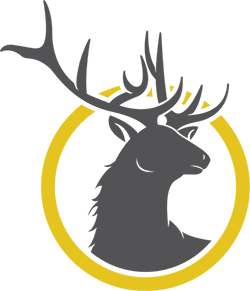By now, you might be thinking that Los Angeles would be a great place to visit... and you'd be correct. And because the city provides so many transportation options, you have your pick of which method best suits your style, schedule, and budget. Let's start by reviewing some of the major routes into the city.
The city of Los Angeles and its surrounding metro regions are serviced by a very extensive network of highways; however, traffic can be exceptionally heavy, especially at peak travel times. The major highways that serve L.A. include I-5, which runs north through Sacramento and south through to San Diego and Tijuana, Mexico; I-10, which runs west to Santa Monica and east to Phoenix, AZ; U.S. Route 101, which stretches north/south along the California coast, and I-110 which begins south of L.A., in San Pedro, and runs northward to just south of the city's downtown, where it become SR 110 and continues northward to Pasadena.
The main airport serving the region is Los Angeles International Airport (LAX), one of the busiest not only in the U.S., but also the world. Other smaller airports provide service to the region, as well. Bob Hope Airport (BUR), once known as Burbank Airport, is located about 3 miles northwest of the city of Burbank, and is the only airport in the region that provides a direct rail connection to downtown L.A.
Long Beach Airport (LGB), formerly known as Daugherty Field, is a small airport located about 20 miles southeast of LAX.
L.A./Ontario Airport is located just outside the city of Ontario, California. It is about 38 miles to the east of downtown L.A.
Another option is the John Wayne Airport (SNA), located in Orange County, about 40 miles to the southeast of LAX. Many people visiting Disneyland Resort utilize this airport, as it is only about 14 miles away.
Amtrak also provides service to the city; the main rail station is Union Station, located to the north right outside of Downtown.
Once within the city, the L.A. County Metropolitan Transit Authority (also known as Metro), operates the third largest system of public transportation in the U.S. and an extensive bus system citywide. Metrolink is the region's commuter rail system and connects Los Angeles to other metro region cities.
Metro also manages a system of 475 miles of bicycle paths for both commuter and recreational purposes.
Taxis are also a very popular way to get around the city, especially for visitors not familiar with the traffic patterns and routes.

